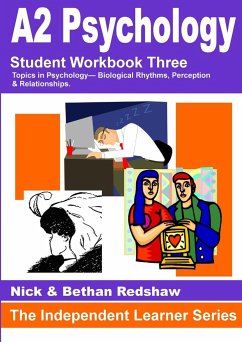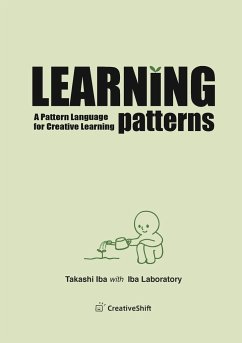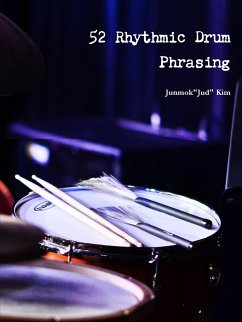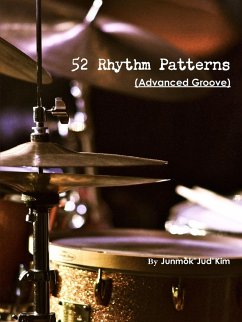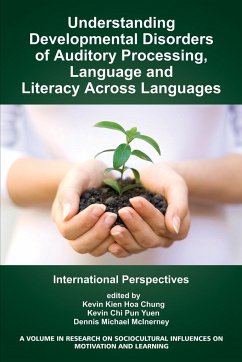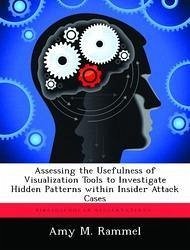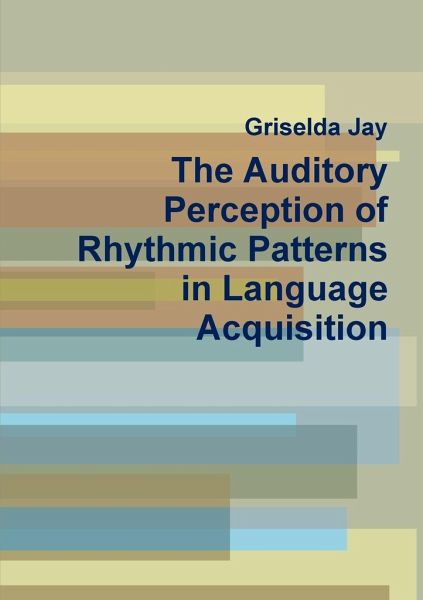
The Auditory Perception of Rhythmic Patterns in Language Acquisition
Versandkostenfrei!
Nicht lieferbar
What is language for ? For communication or self-instruction? I believe communicating essential needs can be done without language but to identify ideas language is essential. Most children within the normal range of intelligence acquire language early, easily and rapidly. The exception is deaf children. Given that language involves the rhythmic patterning of sound and that sound is understood in a framework of time and sequencing, the early acquisition of language presents a challenge to those, like me who worked with deaf and partially hearing children. Presented here is the novel idea that ...
What is language for ? For communication or self-instruction? I believe communicating essential needs can be done without language but to identify ideas language is essential. Most children within the normal range of intelligence acquire language early, easily and rapidly. The exception is deaf children. Given that language involves the rhythmic patterning of sound and that sound is understood in a framework of time and sequencing, the early acquisition of language presents a challenge to those, like me who worked with deaf and partially hearing children. Presented here is the novel idea that applying existing theories of rhythmic patterning can improve our understanding of the process of language acquisition in all children whether deaf or not. This document represents a researched, referenced and hopefully, plausible discussion on the topic. It is for others to take this proposition forward whether in terms of testing the ideas at an experimental level or by incorporating them in further research.




